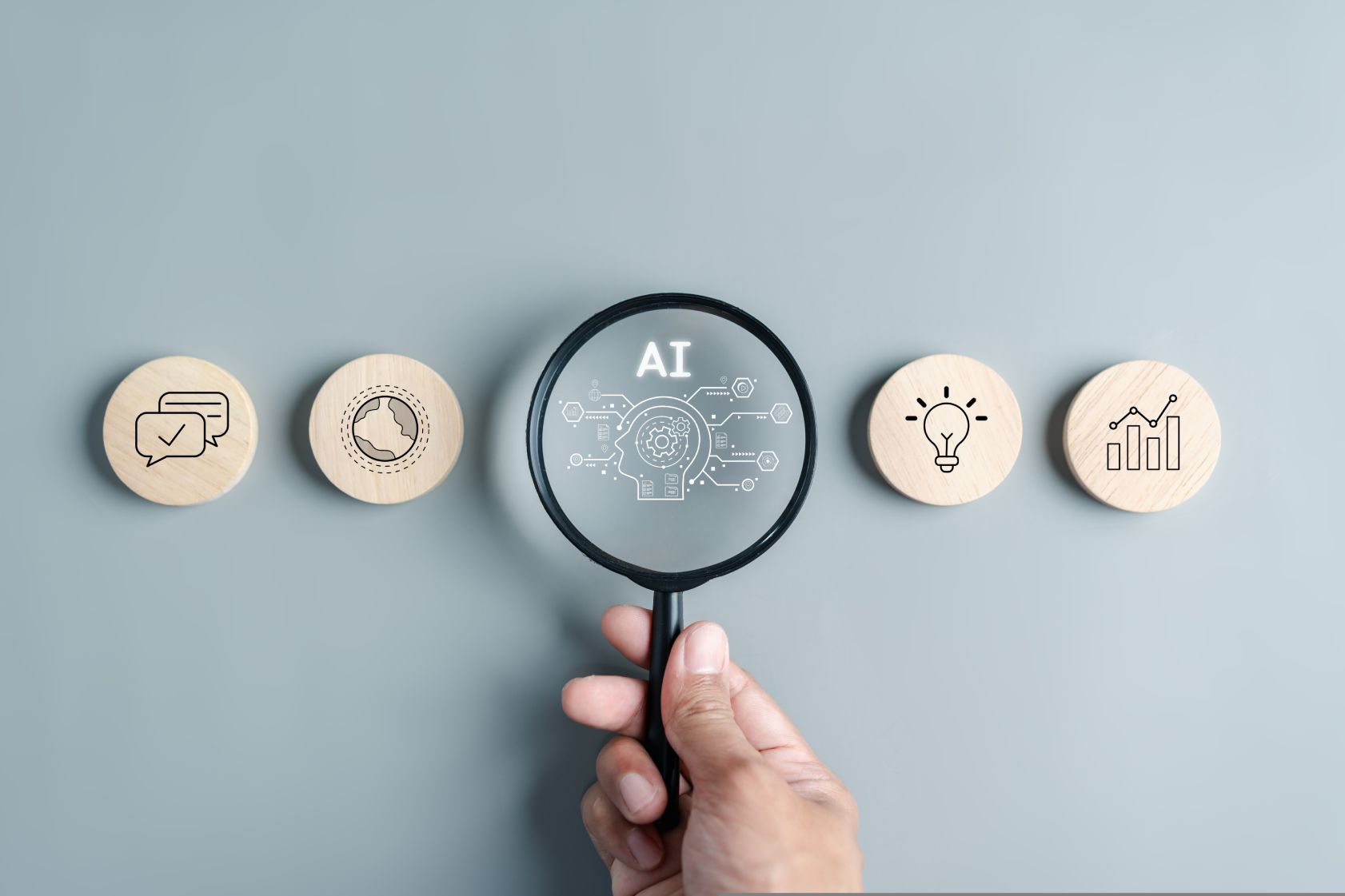According to business reports, generative AI is ubiquitous and here to stay.
Forbes cites a recent survey by Boston Consulting Group stating that while 85% of large companies’ CEOs have increased their AI budgets in 2024, only 10% consider themselves AI “champions.” As the gap between AI “champions” and “spectators” continues to increase, here are three pillars to consider when creating an AI framework specific to language and translation:
1. Workflow Technology: Streamlining Efficiencies
Process efficiency and content automation are the heart and soul of globalization programs. To effectively streamline global content production and approvals, companies need to utilize automated workflow technology. This will accelerate the translation process, improving time-to-market. Essentially, content needs to get from point A to point Z in the most frictionless way possible while also ensuring data privacy and information security.
Implementing the right workflow technology speeds up translation and also helps to ensure quality and brand consistency through effective terminology management—something all product marketers and global branding teams appreciate. Through defined workflows and online collaboration, teams can readily automate historically manual processes and maintain brand consistency across a number of document types.
2. Tailored AI Engines per Industry & Company Standards
One size does not fit all when it comes to language AI and machine translation. It is important to understand that different LLMs and MT engines yield different results depending on content and language. Additionally, depending on industry-specific training and company-specific customization, output quality and accuracy have the potential to improve.
It is crucial to leverage machine translation engines according to the industry, whether for life sciences, manufacturing, legal, finance, or technology, as there is often variance in translation output based on the domain-specific data. This domain-specific training is a great first step toward a higher translation quality baseline.
This initial domain-specific training may then be augmented with specific company customizations, creating opportunities for personalization and enhanced end-user satisfaction. Bespoke AI engines empower tailored translation solutions to meet regulatory requirements and recognize cultural nuances.
3. Augmenting AI with Human Expertise
A human-in-the-loop system is also a key element to help ensure success. This third pillar emphasizes how it is vital to have professional human linguists integrated into the technology and standardized processes.
With certified linguists as part of the program, companies are able to fine-tune translations to bring them to full accuracy. While human translators and reviewers play a role in ensuring accuracy, they also bring cultural sensitivity to the forefront. As content is reviewed, graded, and approved, the AI models can learn and improve. This feedback helps them not only adapt to evolving language trends but also refine translation outputs.
In conclusion, having a holistic approach that incorporates content workflow technology, customized AI engines, and human linguistic expertise is the foundation for a successful language AI program that will future-proof your business for years to come.
